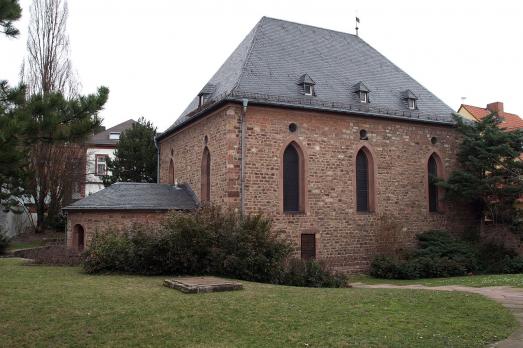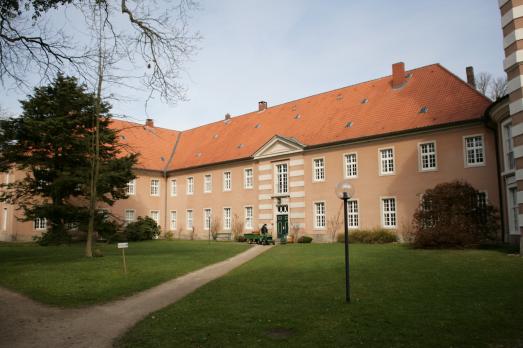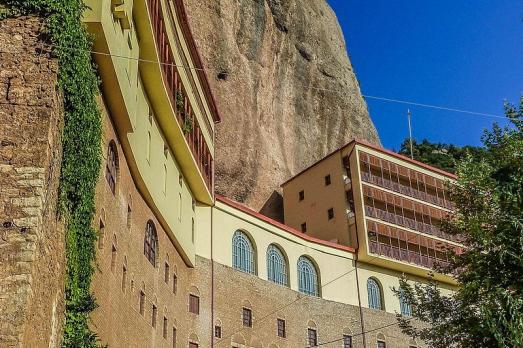
Medieval Synagogue
Tomar, PT
The synagogue in Tomar was constructed between 1430 and 1460. In the early 17th century the synagogue served as a Christian chapel and was classified as a national monument in 1921. The building was restored in 1923 and turned into a museum by the Portuguese government in July 1939. Since then the building is a small Jewish Museum Abraao Zacuto (Abraham Zacuto) that hosts several medieval tomb slabs from Portugal.











